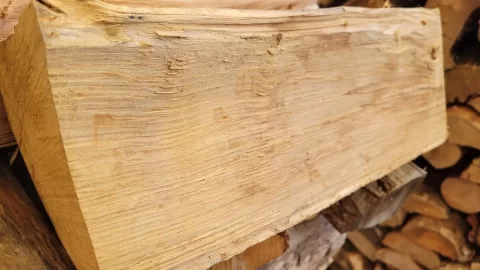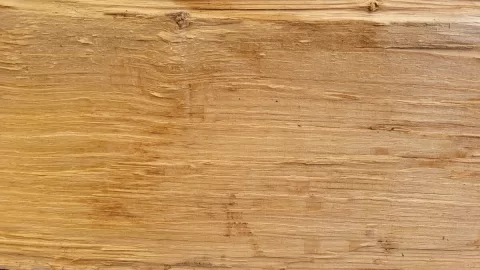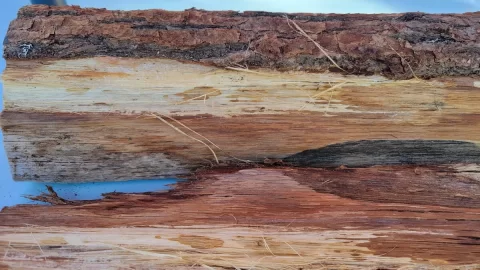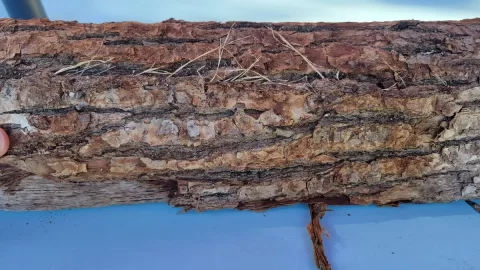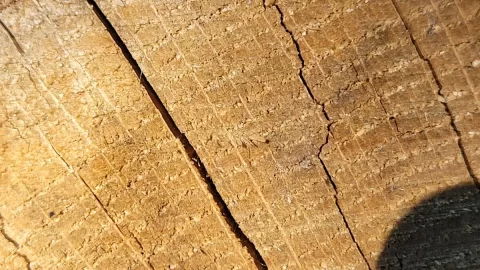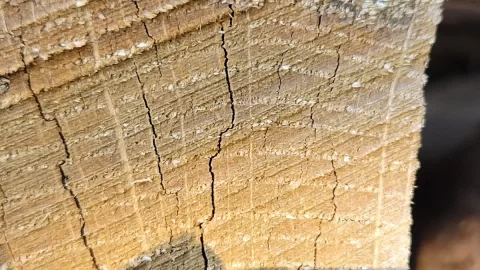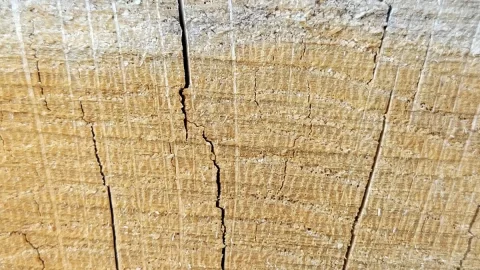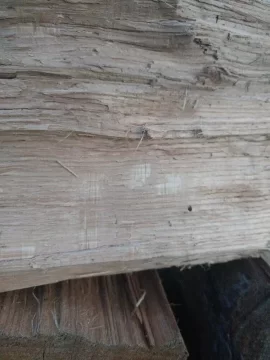I have a number of different species of split that I have received. I don't know most of them unless they have the bark. However, there is one species I have that o just can't figure out. It has a distinct pattern unlike other splits I have. Would like to know what species it is if you have an idea.
It's a heavier split for sure. It's got a light brown and white streaking to it.
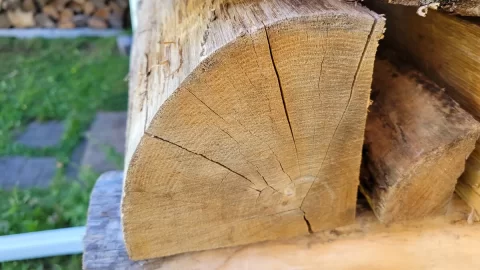
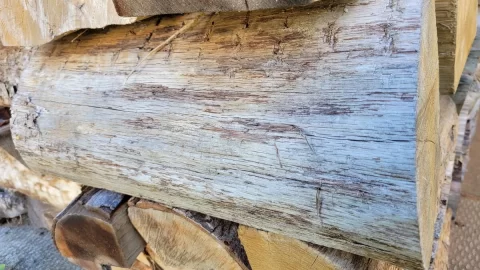
It's a heavier split for sure. It's got a light brown and white streaking to it.




